
Syria, a nation once renowned for its fertile crescent valleys and millennia-old farming traditions, now grapples with the aftermath of over a decade of conflict. Agriculture, which once employed 25% of the workforce and fed much of the population, lies in ruins: 60% of cropland is damaged or abandoned, irrigation systems lie in disarray, and rural communities face acute food insecurity, with 90% of Syrians living below the poverty line. Amid this crisis, Chinese agricultural drones are emerging as a quiet but transformative force—bridging gaps in infrastructure, labor, and technology to help Syria reclaim its agricultural identity and sow seeds of resilience.
Syria’s Agricultural Wounds: A Call for Adaptive Solutions
Syria’s farming sector is scarred by layered challenges:
-
Infrastructure Collapse: Decades of conflict have destroyed roads, storage facilities, and power grids, making traditional farming equipment (like tractors or manual sprayers) hard to deploy or maintain.
-
Labor Shortages: Millions of Syrians have been displaced, leaving aging populations and women to manage farms alone. Young people, seeing no future in farming, have migrated to cities or abroad.
-
Resource Scarcity: Water shortages—exacerbated by drought and damaged dams—force farmers to ration irrigation, while erratic rainfall threatens crop survival.
-
Pest Outbreaks: Unmanaged fields and interrupted pest control have led to invasions of locusts, fall armyworms, and other pests, decimating what little remains.
For farmers like Abu Omar, a 58-year-old in Homs Governorate, survival means scraping together enough wheat to feed his family. “My farm was abandoned for three years,” he says. “When I returned, weeds choked my fields, and I couldn’t afford to hire workers to clear them—let alone spray for pests. We ate what we could, sold the rest for pennies.”
Chinese Drones: Built for Resilience in War-Torn Lands
Chinese agricultural drones, designed with conflict zones and fragile economies in mind, offer more than just efficiency—they deliver adaptability.
Tailored to Syria’s Harsh Realities
-
Conflict-Resilient Design: Reinforced aluminum frames, shock-absorbent landing gear, and anti-dust motors allow drones to operate from rough, unprepared fields or makeshift landing zones. Many models also feature GPS jamming resistance, critical in areas with unstable connectivity.
-
Water-Stingy Technology: Equipped with micro-spraying nozzles and AI-driven sensors, these drones reduce water use by up to 60% compared to manual methods—a lifeline in a country where 70% of freshwater is allocated to agriculture, yet 80% of farmers lack reliable access.
-
Solar-Powered Flexibility: Some units integrate portable solar chargers, enabling operators to recharge batteries using Syria’s abundant sunlight, bypassing damaged power grids.
Empowering Local Hands
Chinese exporters prioritize capacity building over quick sales. Training programs, led by Syrian agronomists and Chinese technicians, teach farmers to pilot drones, analyze crop health data, and perform basic repairs. “We don’t just drop off machines,” explains a trainer. “We stay until communities can manage their drone fleets themselves—because recovery must be local.”
From Abandoned Fields to Thriving Farms: Early Victories
In Syria’s Aleppo Governorate, once a breadbasket of the Levant, a cooperative of 40 smallholder farmers recently tested Chinese drones with life-changing results:
-
Reclaiming Lost Land: Drones cleared 50 hectares of overgrown fields in two weeks—work that would have taken 50 laborers a month. “Now we’re planting barley and wheat again,” says Um Ahmed, a widow leading the cooperative. “My sons, who left for Damascus, are asking to come home to help.”
-
Pest Control Revolution: In Idlib, where locust swarms destroyed 80% of tomato crops last year, drones mapped infestations and sprayed targeted biopesticides, reducing crop loss to just 15%. “The drones are faster and safer than chemicals we used before,” notes a local agronomist.
-
Youth Returning to Farming: In Hama, 24-year-old Mohammed, who fled to Lebanon for work, now operates drones for his family’s farm. “I earn more in a day than I did in a week selling vegetables,” he says. “Farming feels hopeful again.”
Beyond Yields: Rebuilding Communities
The impact of Chinese drones extends far beyond crop numbers. By reducing labor demands, drones enable older farmers and women to manage fields independently, preserving traditional knowledge while integrating new tools. Young people, drawn by the tech and steady income, are returning to rural areas—revitalizing villages once emptied by conflict.
Local leaders emphasize the deeper significance: “When farms recover, markets come back. When markets come back, schools reopen. Drones aren’t just farming tools—they’re tools of reconstruction.”
A Partnership for the Long Haul
For China’s drone industry, this is about more than exports—it’s solidarity. By providing affordable, rugged technology and investing in Syrian operators, Chinese manufacturers are helping a war-torn nation reclaim its agricultural legacy. As one Syrian farmer put it: “These drones didn’t just spray our fields—they sprayed hope.”
Looking Ahead: Sowing the Future
As Syria inches toward stability, agricultural drones will play a pivotal role in scaling recovery. Future applications could include planting drought-resistant seeds in barren areas, monitoring soil health to prevent degradation, and using drone data to secure microloans for farmers. With continued training and support, Syria’s farmers won’t just recover—they’ll innovate, leading the way in resilient, tech-driven agriculture.
In a country where every seed sown carries the weight of renewal, Chinese agricultural drones are flying more than missions—they’re carrying the promise of a nation reborn. And in doing so, they remind us that even in the darkest soils, growth is possible—with the right tools, and the will to rebuild together.
This article highlights how Chinese agricultural drones address Syria’s unique challenges—conflict damage, labor shortages, and resource scarcity—while emphasizing community empowerment, resilience, and long-term recovery. It avoids specific company names, focusing on technology’s role in healing and rebuilding.
THE END

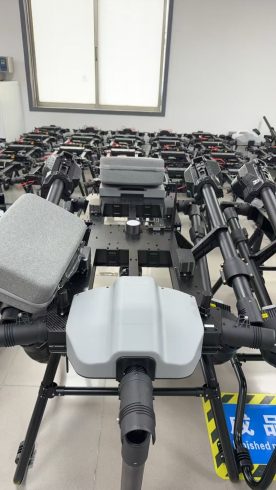
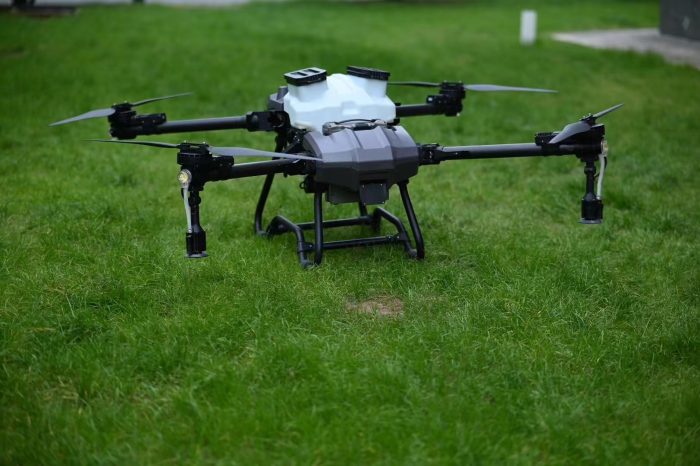

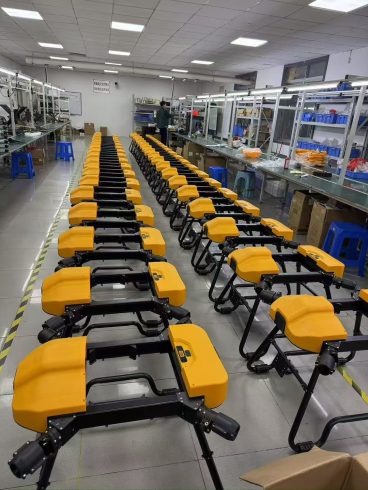
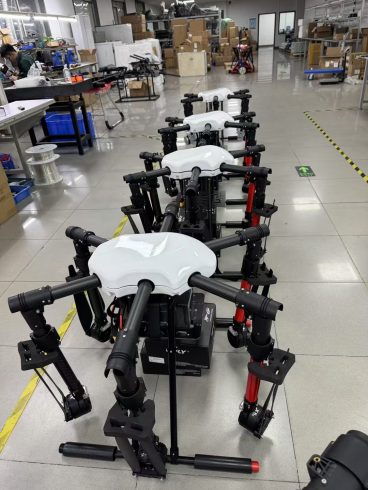

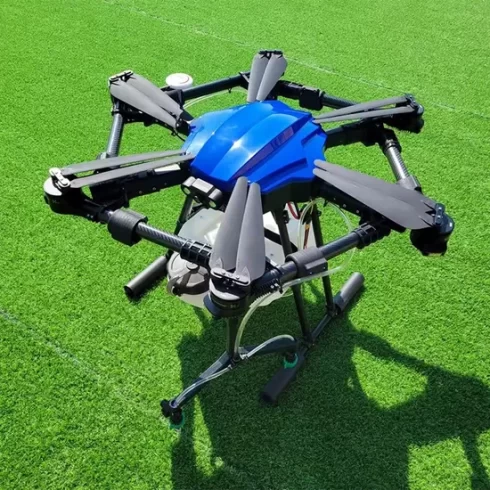


暂无评论内容